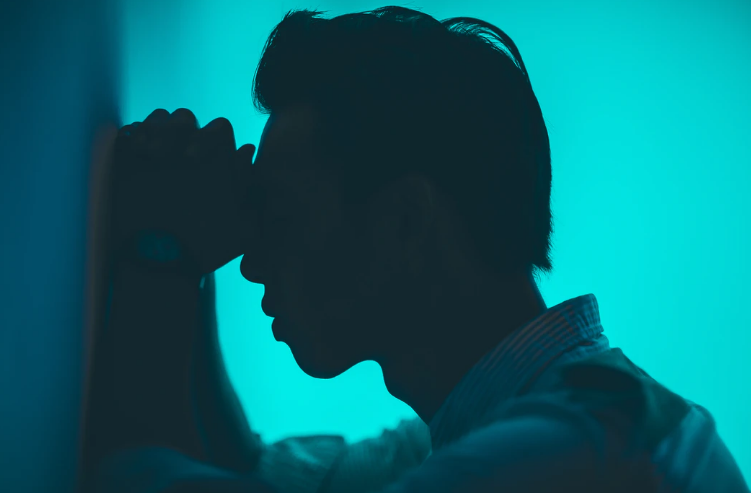There is a clear and dangerous connection between substance abuse and mental illness. The combination of a substance use disorder and mental illness is called a co-occurring disorder.
In this article, we’re taking a closer look at the most common co-occurring disorders.
The Most Common Co-Occurring Disorders
Which came first, the mental illness or the substance use disorder? The answer is that there is no way to know which came first. There are many factors involved in determining this answer, and they vary for each person.
We know for sure that if you have a substance abuse disorder and a mental health disorder, you have a co-occurring disorder.
Millions of people are diagnosed with co-occurring disorders each year.
Recent research shows that out of the 42 million people diagnosed with a mental illness, over 18% also have a substance abuse problem. Out of the 20 million who struggle with addiction, nearly 38% also struggle with mental health issues.
Unfortunately, not everyone who has a co-occurring disorder gets the treatment they deserve. Reasons for not getting treatment can range from stigma to cost. Some may not understand each condition and its influence on one another.
To help with this, we’ve provided a more detailed description of the most common mental health disorders and the substances often used in combination with them.
Here are the most common co-occurring disorders.
Depression and Alcohol
To be diagnosed with depression, you must have a set of symptoms that last for longer than a few weeks. Signs like feeling sad for no apparent reason, overly tired, changes in appetite, loss of interest in activities you once enjoyed, and changes in sleep.
Depression affects millions of Americans. For some, depression is accompanied by alcohol use. When you first start drinking alcohol, it makes you feel better than you did without it. When drinking with friends, you become more social, friendly, and fun.
The effects of alcohol do not stay this way for long, however. Alcohol is a depressant, and in a short time, the adverse effects appear. Not only does alcohol slow your movements, reactions, and ability to speak and think clearly, it also increases symptoms of depression.
Alcohol is not the only substance used by those with depression. Some find themselves using stimulants like cocaine or amphetamines. While these drugs may provide temporary relief from depressive symptoms, they alter the way your brain produces feel-good chemicals, making it harder and harder to quit using them.
Alcohol co-occurs with anxiety disorders too, but the most common substance used is benzodiazepines.
Anxiety and Benzodiazepines
There are multiple anxiety disorders, including generalized, panic, obsessive-compulsive, post-traumatic stress, and phobias. To treat anxiety disorders, doctors often prescribe benzodiazepines, which offer temporary sedative-like effects. It does a great job at helping you calm down and reduce anxiety.
Benzodiazepines are highly addictive, though. Because they are short-acting, it is easy to build a tolerance that can lead to dependence and addiction.
This leads to the co-occurring disorder of anxiety and benzos.
Other substances that co-occur with anxiety include alcohol, marijuana, and opioids. Unfortunately, all of those drugs are known to increase anxiety symptoms, especially when withdrawing from them.
Bipolar Disorder and Cocaine and Alcohol
Bipolar disorder is a mood disorder, just like depression and anxiety. The difference is that the moods of people with bipolar do not stay depressed or anxious. Instead, they swing back and forth between depression and mania.
This means they go from a state of feeling sad, low energy, hopeless, and withdrawn to a state of hyperactivity, insomnia, loss of touch with reality, elation, loss of appetite, racing thoughts, and an elevated sense of importance.
Commonly associated with bipolar disorder are substances like cocaine and alcohol, but not at the same time. When a person feels manic, they often do not want to come down from this feeling of high. But sometimes, when they want to feel more in balance, they may use alcohol. When they are depressed and want to pull themselves up, they may use stimulants like cocaine to feel more like they do when they are manic.
Eating Disorders and Stimulants and Alcohol
There are several different types of eating disorders, including anorexia, bulimia, and binge-eating. Eating disorders are considered a way of coping or gaining relief from pain and anxiety. Alcohol provides the same comfort.
You may be thinking someone with an eating disorder would not want the calories that come with alcohol. For some, that is true. For others, they use alcohol as a way to vomit and eliminate waste from the body.
In addition, some use alcohol as a meal replacement. Drinking on an empty stomach raises your blood alcohol levels much faster, but it can also lead to dangerous behaviors.
Both eating disorders and substance abuse can occur due to post-traumatic stress disorder.
Post-traumatic Stress Disorder (PTSD)
A diagnosis of PTSD means you went through a traumatic event at some point in your life. Examples of trauma include the death of a loved one, physical or sexual abuse, natural disasters, and war combat.
The after-effects of the trauma interfere with your ability to function at home, work, school, and play. You may be experiencing flashbacks, nightmares, and panic attacks.
Doctors may prescribe benzodiazepines, sleep medicines, and anti-depressants. For some, opioids and alcohol work better at numbing the pain—people with both chronic pain and PTSD show higher rates of opioid use.
Other Co-Occurring Disorders
Above are just a few of the hundreds of combinations of co-occurring disorders. Someone with schizophrenia may use marijuana to quiet hallucinations. Someone smoking methamphetamine may develop paranoia. And the list goes on.
If you recognize mental health and substance abuse symptoms in yourself or someone you know, help is available.
Treatments for co-occurring disorders are incredibly successful. The key is to treat both diseases at the same time. To do this, you must reach out to a dual diagnosis treatment provider.
The first step is to meet with a mental health expert who can evaluate both your substance abuse and mental health issues, as well as your medical and family histories. Then, you will work together to create the best plan for healing.
You don’t have to struggle with a co-occurring disorder alone. We will be here for you every step of the way. Let’s start today.


